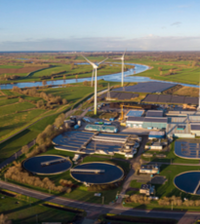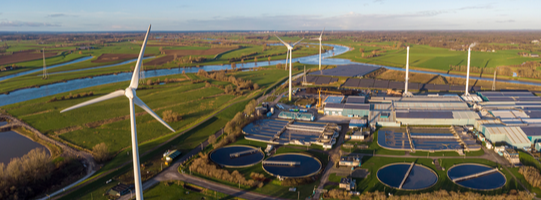Solution: Verification and validation of product carbon footprint (PCF)
Solution: Verification and validation of product carbon footprint (PCF)
Verification and validation of product carbon footprint (PCF)
In which region do you need this solution?
Verification and validation of product carbon footprint (PCF)
The global climate targets for 2050 are aimed at a decarbonized world, which is why all products and services must be assessed in terms of their climate impact. As a result, the product carbon footprint (PCF) is becoming increasingly important.
The PCF according to ISO 14067 is the most established method for determining the climate impact of a product. During the entire life cycle of a product – from raw material extraction to recycling or disposal – climate-relevant impacts arise in the form of greenhouse gas emissions. Depending on the relevance of a product’s use phase, we recommend the cradle-to-grave or cradle-to-customer end-of-life approach for the assessment. The Product Carbon Footprint helps to identify and analyze these impacts and to reduce them with the right measures or (ideally) to avoid them altogether.
More credibility through verification of the Product Carbon Footprint (PCF)
TÜV AUSTRIA supports you with a comprehensive service for the validation and verification of the Product Carbon Footprint (PCF) for almost all products. Our many years of experience and in-depth expertise in the field of PCF enable us to precisely check your carbon footprint. This strengthens the credibility of your brand and reinforces your positive corporate image in the public eye.
Particularly when tapping into new market segments with innovative products, our independent audits of your product’s carbon footprint will give your customers confidence.
PCF verification and validation
TÜV AUSTRIA confirms through verification that your company meets certain requirements with the help of objective evidence. We check one or more statements on the Product Carbon Footprint (PCF) based on historical data. As more and more products require mandatory PCF verification, we prepare your company specifically for a more regulated market in which sustainability plays a central role.
Our experts carry out PCF verification strictly in accordance with ISO standards 14064-3, 14065, 14067 and 17029. It applies to cradle-to-gate assessments. We also carry out verifications in accordance with the “Product Standard” of the GHG Protocol. If you consider the entire life cycle of a product, future activities must often also be included. In such cases, we check their plausibility as part of a validation.
Validation of the PCF calculation model
Before you calculate and report individual PCFs for different product variants, it is worth checking the underlying approach. Especially for complex product groups, a well-founded model check ensures consistent and standard-compliant results.
Annex C of DIN EN ISO 14067 describes a systematic approach with which you can determine PCFs efficiently and in compliance with the standard. TÜV AUSTRIA checks this approach either by validation or verification – depending on the application and objective.
Greenhouse gases: more than just CO2
The carbon footprint is not just about carbon dioxide emissions, but also about other greenhouse gases. The climate impact of the various greenhouse gases is expressed in CO2 equivalents, as the gases have different global warming potentials. The (relative) global warming potential (GWP) or CO2 equivalent of a chemical compound is a measure of its relative contribution to the greenhouse effect, i.e. its average warming effect on the earth’s atmosphere over a certain period of time (usually 100 years).
- Methane (CH4)
- Nitrous oxide (N2O)
- Hydrofluorocarbons (HFCs)
- Perfluorocarbons (PFCs)
- Sulphur hexaflouride (SF6)
- Nitrogen trifluoride (NF3)


















